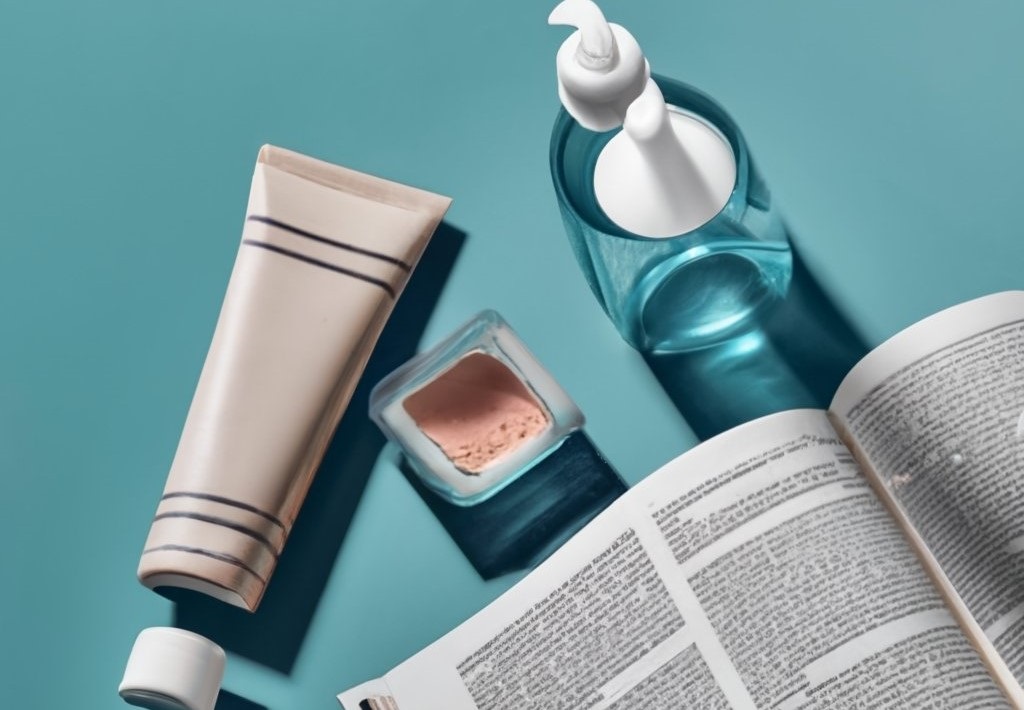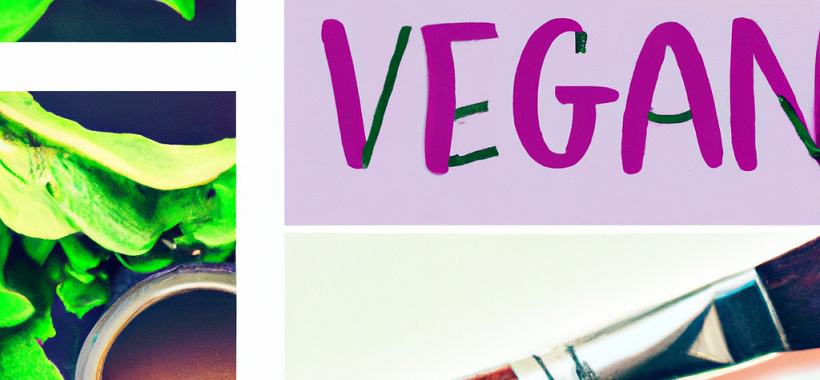EU NEWS
Upcoming Cosmetic Regulatory Changes: PFAS, Potassium Bromide, and Methyl Methacrylate on ECHA’s Agenda
ECHA has delineated a schedule for evaluating the PFAS restriction, explicitly focusing on consumer mixtures, cosmetics, and other sectors throughout 2024. This comprehensive review will influence manufacturers globally, demanding adjustments to meet new standards. Additionally, notable classifications on substances like Potassium Bromide and Methyl Methacrylate underline the importance of compliance with evolving regulations for product safety. These updates mark a pivotal shift in manufacturing and safety standards, highlighting the need for immediate action and adaptation within the cosmetic industry.
Cosmetic Regulation Update: Nano Ingredients Restrictions
EU Regulation 2024/858 brings significant changes:
- Twelve nano ingredients, such as Copper and Gold, are banned due to health risks.
- Nano Hydroxyapatite, now restricted, is limited to 10% in toothpaste and 0.465% in mouthwash.
- Specific particle criteria apply, and inhalation risk is prohibited in lung-exposure products.
- No market placement is allowed from Feb 1, 2025, with a complete ban starting Nov 1, 2025.
- These measures stem from concerns raised by the Scientific Committee on Consumer Safety, ensuring consumer protection.
- Industries have a transition period to adapt to compliance requirements.
For details, consult official documents or regulatory authorities (https://eur-lex.europa.eu/legal-content/EN/TXT/PDF/?uri=OJ:L_202400858).
Hexyl Salicylate Update in EU Cosmetics
The SCCS now permits hexyl salicylate in cosmetics within set concentration limits:
- Fragrances: 2%
- Rinse-off: 0.5%
- Leave-on: 0.3%
- Oral care: 0.001%
Children aged 3 to 10 can use products within these limits. Cosmetic manufacturers must adjust formulations accordingly, highlighting the industry’s commitment to safety.
SCCS Update on Methylparaben
The SCCS issued a corrigendum to its final Opinion on Methylparaben. Here’s what you need to know:
- Methylparaben is safe as a preservative in cosmetic products at concentrations up to 0.4% (as acid) for standalone use and up to 0.8% for mixtures of esters.
- This clarification addresses safety concerns and ensures compliance with regulatory standards.
New Directive on Environmental Claims
The European Commission has introduced Directive (EU) 2024/825, extending the scope of Directive 2005/29 to include ecological claims.
Here’s a brief overview:
- The directive aims to empower consumers for the green transition by providing better protection against unfair practices and ensuring clear, reliable information.
- It defines environmental claims and introduces rules to prevent misleading practices, such as generic claims and claims about future ecological performance.
- Provisions also cover sustainability labels and claims related to greenhouse gas emissions.
- Member States have until March 27, 2026, to transpose the directive into national law, with implementation beginning September 27, 2026.
- The European Commission will assess the effectiveness of the directive’s provisions by September 27, 2031, potentially leading to further legislative action.
Final Opinion of SCCS on Hydroxypropyl p-Phenylenediamine (A165)
The Scientific Committee on Consumer Safety (SCCS) has released its final Opinion on Hydroxypropyl p-Phenylenediamine (A165), a hair coloring ingredient.
Key Points:
- Hydroxypropyl p-Phenylenediamine and its dihydrochloride salt (A165) are hair dye ingredients not currently regulated by Cosmetics Regulation (EC) No.1223/2009.
- Initial concerns about genotoxicity prompted the SCCS to reconsider their safety in oxidative hair coloring products.
- After industry submissions and a preliminary Opinion in October 2023, the SCCS has finalized its assessment.
- The SCCS now considers Hydroxypropyl p-Phenylenediamine and its dihydrochloride salt safe for use in oxidative hair coloring products at concentrations up to 2%.
- Minor changes were made to the Opinion based on comments received during the consultation.
- However, based on the data, the SCCS notes potential mild to moderate eye irritation and skin sensitization.
UK NEWS
Regulatory Updates on Methyl Salicylate in Cosmetics
The SCCS in Europe and SAG-CS advise on the safety of cosmetic ingredients post-Brexit. Specifically, concerning methyl Salicylate, here is what you need to know:
According to the SCCS, safe concentrations for children aged six months to 3 years are 0.02%, except for toothpaste, where the limit is 2.52%. For ages 3 to 6 years, the same concentration limits as adults apply.
Meanwhile, the SAG-CS aligns with adult concentrations for methyl Salicylate but has different limits for children. Here are the limits:
- Ages 6 months to 1 year: Maximum 0.015%, except for toothpaste, where the limit is 2.5%.
- Ages 1 to 3 and 3 to 6 years: Same as adults, except for mouthwashes.
- Ages 6 to 10 years: Maximum 0.1% in mouthwash.
- Ages 10 to 14 years: Maximum 0.4% in mouthwash.
- Ages 14 to 18 years: Same as adults, including mouthwash at 0.6%.
Future expectations include European amendments and new UK regulations, potentially diverging from EU standards.
Stay informed for more updates.
Canada News
Health Canada’s Cosmetic Ingredient Hotlist Consultation
The agency seeks feedback on proposed changes to the Cosmetic Ingredient Hotlist and has clarified its stance on AHAs and PHAs. Here’s a quick overview:
- Consultation Extension: Health Canada is extending the consultation period for five ingredients until June 7, 2024. Stakeholders are invited to submit comments or data on Thioglycolic acid esters, Retinoic acid precursors, Mixtures of cresols and derivatives, Aluminium chlorohydrate and its complexes, and Peroxide compounds.
- AHAs and PHAs: Health Canada plans to update the Cosmetic Ingredient Hotlist for AHAs based on feedback from the 2023 consultation. However, no changes are proposed for PHAs due to insufficient health and safety information.
Stay tuned for the final updates on the Hotlist in spring 2024.
China News
Updates from China’s Cosmetic Authority NMPA
On March 21, 2024, the NMPA issued two important notifications regarding safety technical specifications for cosmetics.
Notification No. 12 of 2024:
- Incorporates 19 new cosmetic testing items into the “Safety Technical Specification for Cosmetics (2015 Edition).”
- Includes 11 newly added testing methods covering various areas such as acute toxicity, skin sensitization, and reproductive toxicity.
- Revisions to existing testing methods, including those for ethylene oxide and certain raw materials, will also take effect from December 1, 2024.
- The ban on substances like Bimatoprost, Tafluprost, Taflupamide, Travoprost, and Latanoprost is announced.
Notification No. 13 of 2024:
- Adds 15 new toothpaste testing items to the safety specification.
- These testing methods will be implemented on December 1, 2024, and cover aspects like pH value, heavy metals, microbial testing, and more.
- These notifications underscore the government’s commitment to ensuring the safety and quality of cosmetic products and advancing the Cosmetic Product Safety Report (CPSR).
China Introduces New Cosmetic Safety Guidelines
China’s National Institutes for Food and Drug Control (NIFDC) has introduced two draft technical guidelines for cosmetic safety assessment:
- TTC Method Guidelines: This section focuses on the Threshold of Toxicological Concern method, covering substance classification, assessment procedures, and practical examples.
- Read-Across Method Guidelines: This section addresses the application of Read-Across in safety assessment, providing an overview, basic principles, and real-world application examples.
China Extends Deadline for Complete CPSR
China’s cosmetic regulatory landscape is evolving with the recent extension of the Cosmetic Product Safety Report (CPSR) deadline. Here’s a breakdown of the key developments:
- Transition Period Clarification: Companies have until November 1, 2024, to submit simplified CPSR for cosmetics assessed before May 1, 2024. Afterward, historical usage volume won’t be considered. Detailed regulations are pending, offering potential transition opportunities.
- Technical Guidelines: Draft guidelines for physical and chemical stability, preservative challenges, and packaging material compatibility are in progress. Companies can use national, industry, or international standards for research.
- Ingredient Safety Reference: Authorities will compile an international index of safety assessment data and establish a cosmetic ingredient safety database. Safety assessment reports will be categorized based on risk management principles.
Reminders
France Enforces GMP Certification for Cosmetics from 2024
As of January 1, 2024, France started enforcing GMP certification for cosmetics, overseen by the DGCCRF, replacing the previous ANSM regulation. This applies to all cosmetics manufactured inside or outside France, in line with Regulation (EU) No. 1223/2009 on cosmetics and ISO 22716 standards. This change could influence other EU states to follow suit, significantly affecting manufacturers worldwide. For non-European manufacturers, ISO 22716 certification becomes essential, requiring immediate measures for compliance.
Enhanced IFRA Standards Set to Take Effect
The latest update to the International Fragrance Association (IFRA) standards, the 51st revision unveiled on June 30, 2023, is poised to come into force from March 30, 2024. Here’s a summary of the fundamental changes:
- 48 New Rules: This revision includes introducing 48 new rules, notably banning 3-Acetyl-2,5-dimethylfuran due to concerns regarding its genotoxicity.
- Updates to 11 Standards: 11 existing standards have been updated to align with the latest scientific findings and industry best practices.
- Minor Adjustments and Formatting Changes: The revision also incorporates minor adjustments and formatting changes to enhance clarity and usability.
Moreover, it’s essential to note that fragrance blends formulated after January 30, 2024, will be subject to these updated standards, considering their new creations. Stay informed about these regulatory updates to ensure compliance and maintain product quality standards.


